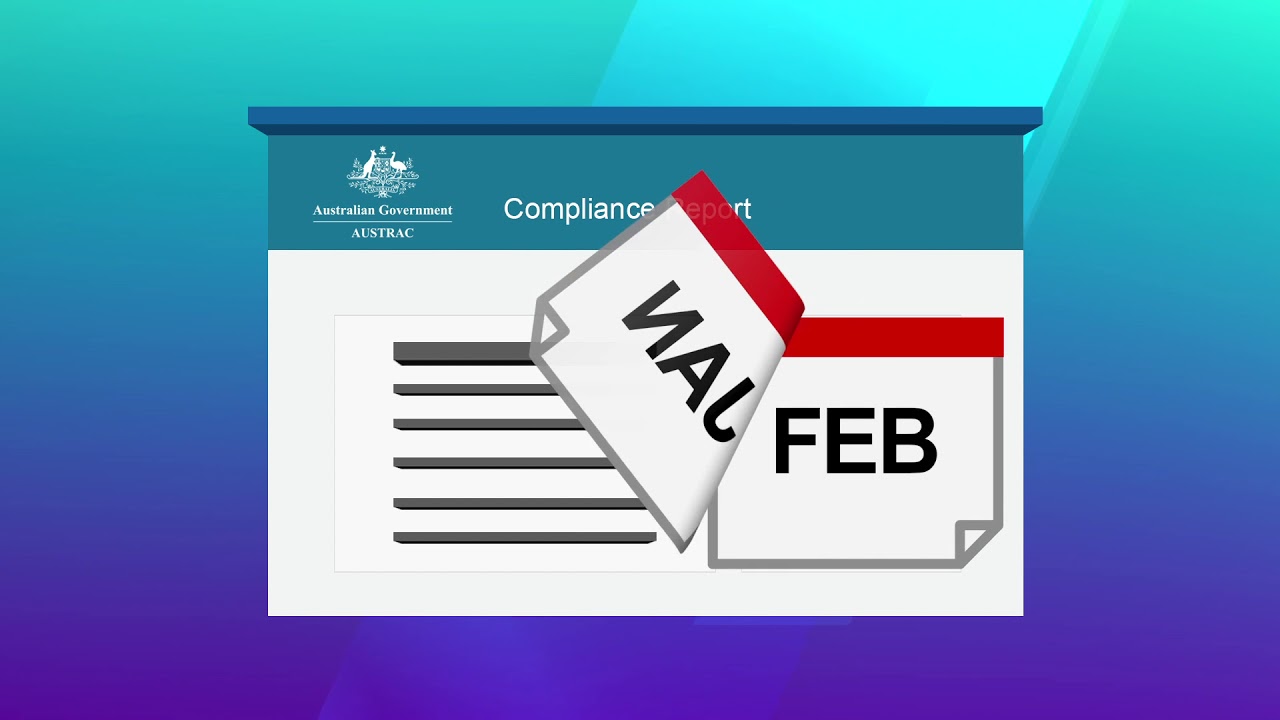Money laundering is a problem in every part of the world, especially in some Aussie capitals. With over AUD 2-3 billion laundered to and from Australia, the Aussie government was forced to take specific measures.
This is where AUSTRAC reporting comes into the picture. To give you a brief overview, the Australian Transaction Reports and Analysis Centre is a financial intelligence unit set up by the Aussie government as an AML body (Anti-Money Laundering).
The AUSTRAC is tasked with preventing financial crime, and it oversees significant financial transactions carried out by financial providers across the country.
Let’s delve a little deeper into what you might have to report, given you are a designated service. To stay in AUSTRAC’s good books, you need to report the following activities.
Also Read: Why Do You Need a Buyer Agent?
The various reporting requirements of AUSTRAC and AML
If your business classifies as a designated service (e.g., issue chequebooks, offer account services, etc.), then you must meet the following AUSTRAC reporting requirements. They are as follows:
1. Reporting threshold
If you fall under the category of designated services, then you have to submit something called the Threshold Transaction Reports (TTR). Essentially, TTR is a report that must be generated and submitted to the AUSTRAC if you participate in a transaction worth more than AUD 10,000. This can either mean you are paying or receiving said money.
Although, one thing you must remember is that a TTR must be submitted within 10 days of partaking in the said transaction. Or else, you might be liable to pay heavy fines and more.
2. Transferring funds internationally
This point goes without saying. If you happen to be transferring funds in or out of Australia, then you have to report it to the AUSTRAC. This payment can either be through a designated agreement of remittance or an electronic transfer.
Irrespective of the transfer mode, you are required to submit an IFTI (International Funds Transfer Instruction Report) within 10 days of the said transfer.
3. Matters that seem suspicious
If you are partaking in a transaction where you see the customer is involved in some suspicious activity, you are obligated to report it to the AUSTRAC. You need to submit an SMR (Suspicious Matter Report) to the AUSTRAC within 72 hours of the suspicious activity.
If the matter is supposedly linked to acts of terrorism, you are obligated to report it as soon as possible (preferably within 24 hours).
4. Moving across the border
This is another reporting requirement you need to follow if you are moving money in or out of Australia. Owing to the 2020 amendment added to the Anti-Money Laundering and Counter Terrorism act, submitting a CBM (Cross Border Movement) to the AUSTRAC is now a compulsion.
You must submit this report to the AUSTRAC within 5 days of the said cross-border transfer of money.
Risk Based Compliances followed by Aussie firms to support AML
To make sure that money laundering isn’t practised in Aussie firms indulging in designated services, they are expected to follow various compliance rules put down for AML/CFT (Combating the Financial Terrorism)
This allows the FATF (Financial Action Task Force) to assess the risk posed by a certain organization.
By following effective risk management, firms are expected to focus on the following aspects:
- Identity verification
- Political corruption
- Transaction monitoring
- Sanctions and watchlists
- Adverse media
Wrapping up
Money laundering has been prevalent in Australia for ages now. But, the introduction of the AUSTRAC in 1989 has brought down stringent measures and checks on financial services indulging in large-scale transactions.
If you fall in the category of designated services, go through the above reporting requirements carefully to avoid problems in the future.
